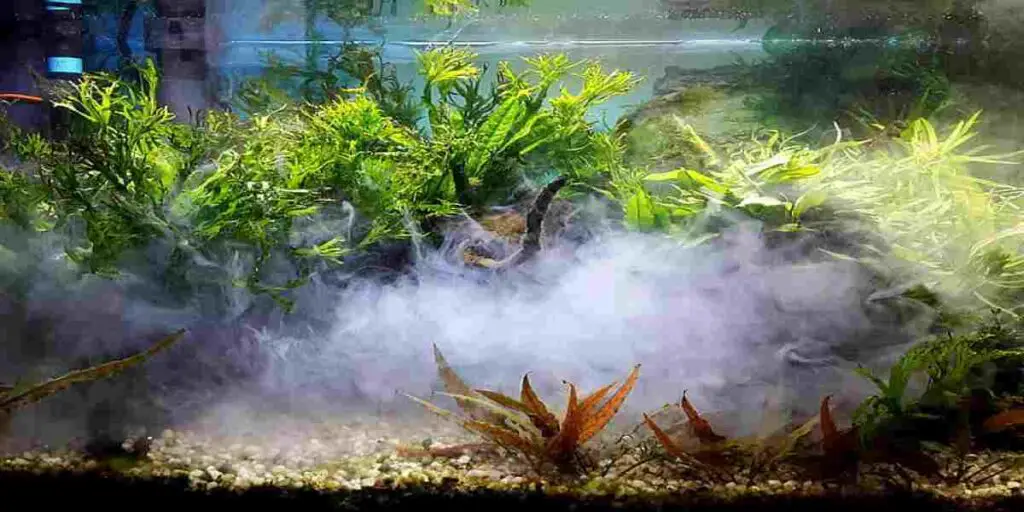Discover troubleshooting tips for your fish tank pump woes in this informative article. Get your aquatic haven back in perfect working order today

Maintaining a thriving aquatic environment in your fish tank relies on several factors, with one of the most crucial being a properly functioning fish tank pump. When your fish tank pump isn’t working as it should, it can spell trouble for your fish’s health. In this guide, we will explore the common issues that can plague fish tank pumps and provide you with step-by-step solutions to troubleshoot and repair them. Whether you’re a seasoned aquarist or a beginner, this information will help you keep your fish tank in optimal condition.
Common Fish Tank Pump Problems
Clogged Impeller
The impeller is the heart of your fish tank pump. It’s a small rotating component responsible for drawing water into the pump and pushing it through the filtration system. Over time, debris, algae, and other foreign objects can accumulate around the impeller, causing it to jam or operate less efficiently.
Troubleshooting and Solutions
- Power Off: Before attempting any maintenance, turn off the pump to ensure your safety and prevent damage to the motor.
- Access the Impeller: Most pumps have a removable housing that provides access to the impeller. Consult your pump’s manual for guidance on how to do this.
- Clean the Impeller: Carefully remove the impeller and clean it thoroughly. Use a soft brush or toothbrush to remove any debris. Be gentle to avoid damaging the delicate components.
- Inspect and Replace Parts: While you have the impeller out, inspect it for signs of wear or damage. Replace any damaged parts, as they can affect the pump’s performance.
- Reassemble and Test: Reassemble the pump and turn it on. Ensure it runs smoothly without any unusual noises. If it’s still not working correctly, consider seeking professional assistance.
Power Cord Problems
Issues with the power cord can prevent your fish tank pump from functioning. These problems may include frayed wires, loose connections, or even a faulty switch.
Troubleshooting and Solutions
- Safety First: Always unplug the pump from the electrical outlet before inspecting or working on the power cord.
- Check the Cord: Carefully examine the power cord for any visible damage. If you find frayed wires, it’s essential to replace the cord to avoid electrical hazards.
- Tighten Connections: Ensure that all electrical connections, including the plug and socket, are secure. Loose connections can lead to intermittent power supply.
- Test the Outlet: If the pump still doesn’t work, try plugging it into a different outlet to rule out potential outlet issues.
- Consider a Surge Protector: Investing in a surge protector can help protect your pump from power surges and electrical fluctuations.
Outlet and Electrical Plug Issues
Sometimes, the problem may not be with the pump itself but with the outlet or the electrical plug. Faulty outlets or plugs can disrupt the power supply to your pump.
Troubleshooting and Solutions
- Inspect the Outlet: Check the electrical outlet your pump is connected to. Make sure it’s in good condition and that the switch is on.
- Try a Different Outlet: If you suspect outlet issues, plug the pump into a different outlet to see if it powers up. If it does, the original outlet may need repairs.
- Examine the Plug: Inspect the pump’s plug for signs of damage. If it appears worn or damaged, consider replacing it.
- Consider an Extension Cord: If your pump’s cord is too short to reach a suitable outlet, use a high-quality extension cord to bridge the gap.
Motor Failure
In some cases, your fish tank pump may experience motor failure, which is a more severe issue. This can be due to wear and tear, overheating, or manufacturing defects.
Troubleshooting and Solutions
- Check for Signs of Overheating: If your pump feels hot to the touch or emits a burning smell, immediately turn it off and unplug it. Overheating can lead to motor damage.
- Consult the Manufacturer: If your pump is still under warranty, contact the manufacturer for guidance on repair or replacement.
- Professional Help: If your pump is out of warranty or if the motor appears to be severely damaged, it’s advisable to seek professional assistance. Attempting to repair a motor yourself can be challenging and may void any remaining warranty.
Preventive Maintenance
To prevent fish tank pump problems in the future, consider these maintenance tips:
- Regularly clean the impeller and surrounding components.
- Inspect the power cord and plug for signs of wear and tear.
- Keep the electrical outlet and surrounding area dry.
- Invest in a quality surge protector to safeguard your pump from electrical issues.
- Follow the manufacturer’s maintenance recommendations in the pump’s manual.
You May Also Like:
- Topfin Filter Not Working
- Top Fin Filter Not Working: Troubleshooting Tips And Fixes
- Aqueon Filter Making Grinding Noise: Causes And Solutions
Conclusion
Your fish tank pump plays a pivotal role in maintaining a healthy aquatic environment for your fish. By understanding common problems and how to troubleshoot and repair them, you can ensure that your pump functions optimally, keeping your fish happy and healthy. Remember to prioritize safety when working with electrical components, and don’t hesitate to seek professional assistance if you encounter complex issues.